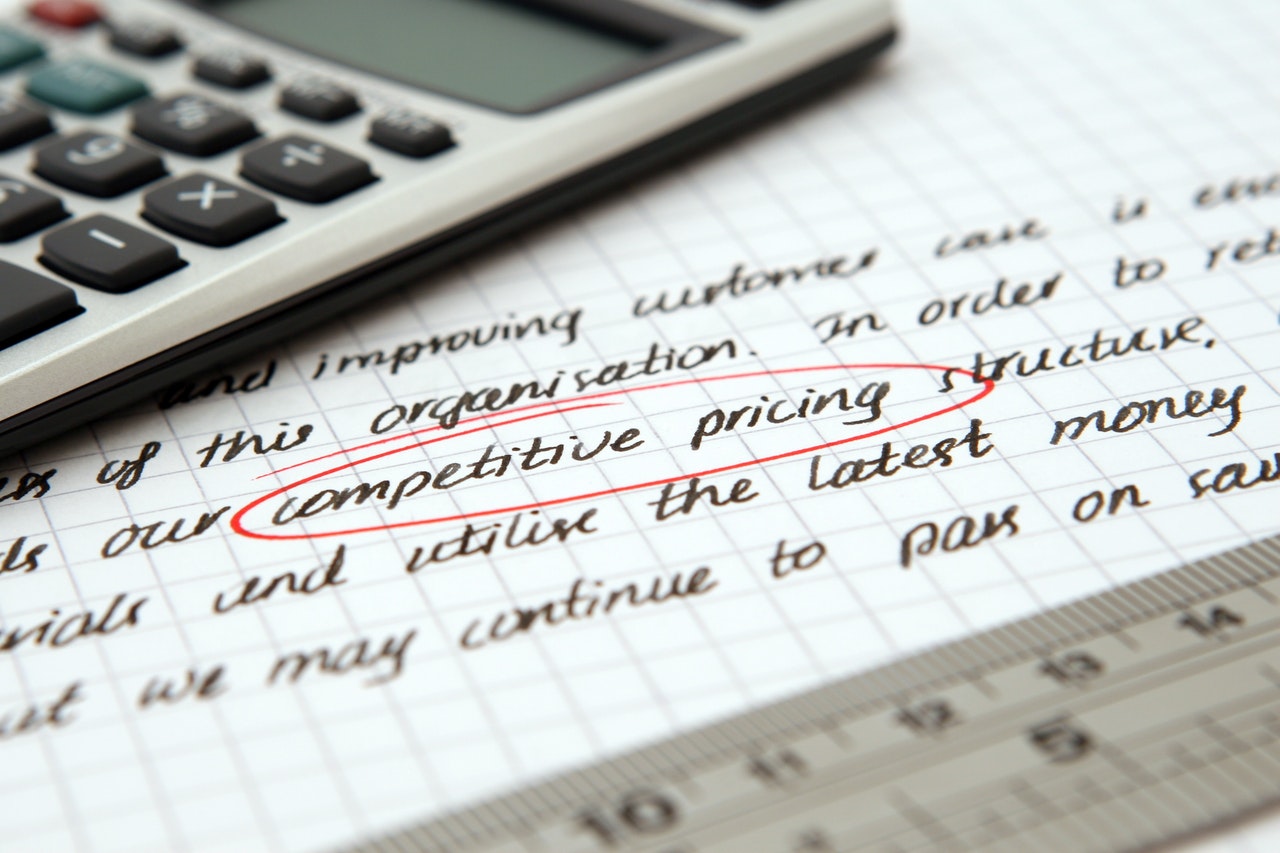Pricing can make or break your business. Price your products and services strategically and you can position your business ahead of the competition, with enough operating income to grow and prosper.
Price your products and services poorly and it’s easy to fall behind, both financially and in terms of your share of the market explains Neil Debenham.
Despite the incredible importance of pricing, many business owners don’t give pricing the time it deserves. Instead, they think up a price out of thin air, or decide on a price based on their costs without first looking at their market as a whole.
Luckily, fixing your product or service’s pricing isn’t as difficult as it might seem. Below, Business Adviser and Corporate Consultant Neil Debenham shares four techniques that you can use to price your products or services for maximum income, customer satisfaction and results.
Choose a price based on your costs
The simplest method of pricing your products is to calculate a price based on their cost to your business. For example, you may decide to add a certain margin to your cost of goods sold as a simple way of calculating each item or service’s retail price.
Pricing based on your variable costs has several advantages. The first that it’s very easy to put into practice. You can choose exactly how much money to add as a profit margin on top of your costs, letting you quickly and easily work out a price for your major products and services.
However, it’s far from ideal for several reasons. The first is that it often fails to take into account the unique factors of your market. For example, there might be market dynamics that require a lower-than-average profit margin, or an extra fee on top of your variable costs.
It’s also far from optimal from a conversion perspective. While a basic pricing method like this is great for getting started, you’ll likely want to move on to a more market-based price (something we’ve covered below) once your business is up and running.
Calculate a price based on your market
Another method of calculating pricing, Neil Debenham goes on to say, is to compare your offering — be it a product or a service — to competing offerings within the same market. This is commonly known as a competition-based method of pricing.
Competition-based pricing can be a great approach in industries with lots of different options for your audience. It also gives you more control over how your product or service is positioned.
For example, if your goal is to attract customers looking for value, you may choose to price your product slightly below competing products. If your goal is to position your product as a premium option, you may choose to price it at a slight or significant premium.
Often, the pricing of your offering becomes as much of a feature as the product or service itself, changing the way people perceive your business and respond to your messaging.
Try bundling items to sell at a discount
One way to increase your revenue per transaction is to bundle multiple items, then offer them at a discounted price.
This strategy is common in retail industries, such as apparel. Instead of buying one t-shirt for a price of £15, a retailer might offer a pack of three for a total price of £40.
Bundle pricing has several advantages. The first is that it tends to create the perception of better value for consumers. This can cause customers to spend more, increasing the total amount you receive from each transaction.
On the other hand, bundling can reduce your profit per unit sold. As such, it’s best considered if you typically sell small quantities of certain units and want to increase the amount you generate from each customer.
As your business grows, adjust your pricing
As a business owner, it’s easy to obsess over pricing and question whether or not you’ve priced your products or services optimally.
The reality is that pricing is a dynamic process. As such, a pricing strategy that feels optimal at one point in your business’s lifespan may later not reflect the full value that your business offers for its customers.
Over time, it pays to experiment with different pricing strategies for your products or services. A small adjustment in pricing may help your business to generate more turnover per item sold and improve its position within its industry.
Likewise, as your business grows, efficiencies of scale may develop on the supply side, allowing you to adjust pricing to deliver more value to your customers.
Closing thoughts
There’s no optimal method of pricing for every business. As a business owner, try to experiment with different pricing strategies to find out more about your audience and optimise the amount of income your business generates from each sale.
Neil Debenham www.neildebenham.com



 Bitcoin
Bitcoin  Ethereum
Ethereum  Tether
Tether  XRP
XRP  USDC
USDC  Solana
Solana  Cardano
Cardano  TRON
TRON  Lido Staked Ether
Lido Staked Ether  Toncoin
Toncoin  Avalanche
Avalanche